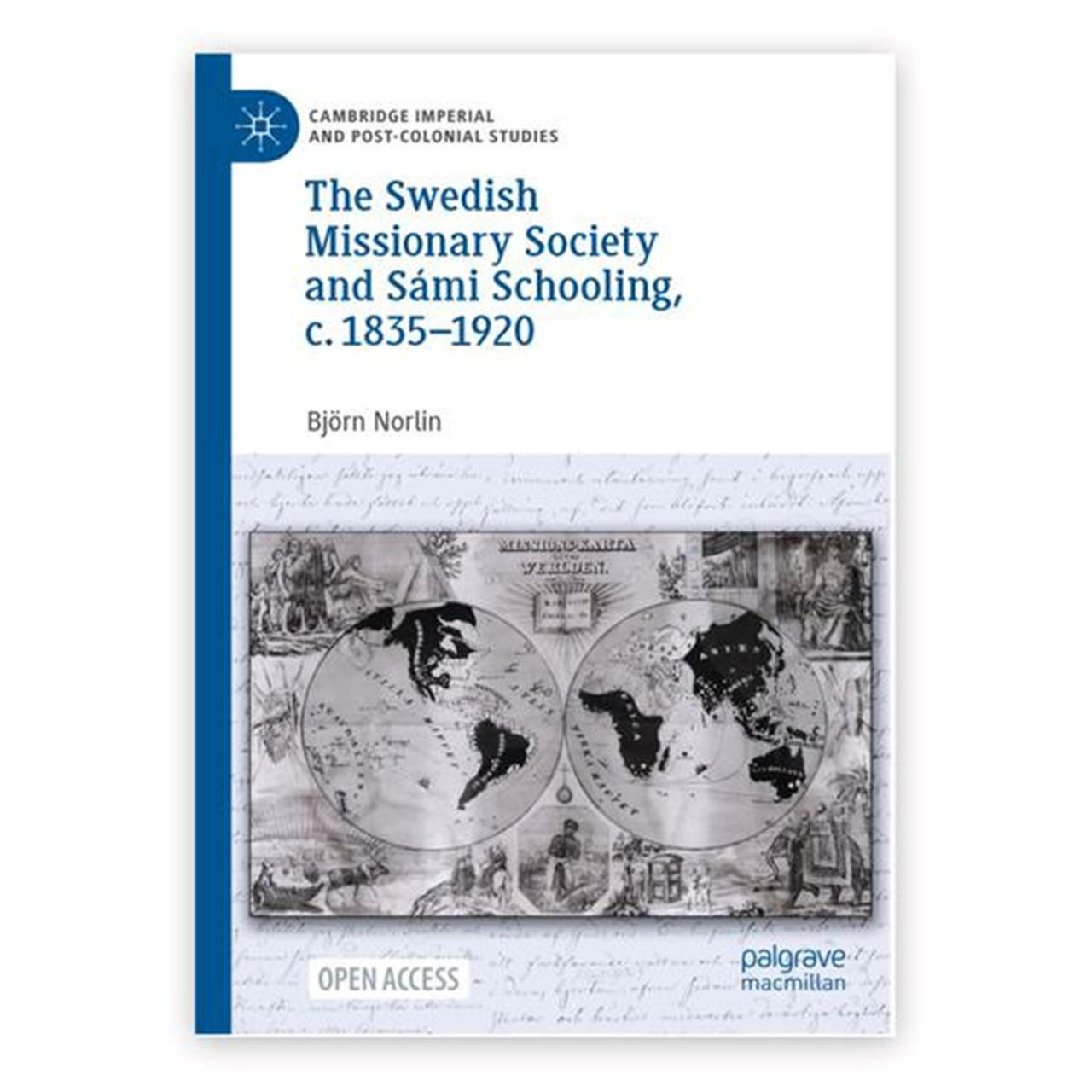What made you want to write this book?
The theme of mission and missionary schooling is something I’ve worked on since my student days. Missionary societies and the global mission movement that emerged in the 19th century are of great interest to education historians because these societies played a prominent role in spreading Western ideas about school and education on a global scale. This often occurred as part of various states’ colonial and imperial expansions. There are many similarities between the developments described in other parts of the world and those in this book, but also differences rooted in local conditions.
Was there anything that surprised you during the work on the book?
What repeatedly surprises me in working with education and mission in our region is the incredibly rich educational context one encounters in both archives and previous studies. My own research seeks to understand the encounter between the Sámi as an Indigenous people, Sámi culture, Sámi languages and educational traditions, a growing and culturally mixed settler population (categorized by church and state representatives as Swedish), and an increasingly dense network of educational institutions and power-bearing practices established in the northern inlands through church and state initiatives. This included parish and lay activities, school inspections, itinerant missions, mobile and stationary schooling in various forms, Sunday schools, philanthropy, and efforts against famine, alcohol use, and poverty—all accompanied by major voluntary sacrifices to create what at the time was seen as better living conditions for people in the inland and mountain areas. However, this came at a high cost for the groups of people located furthest from what the church and state considered legitimate and compulsory knowledge, cultural expressions, languages, etc. This is part of the downside of what we often refer to as modernization in the education sector.
Who do you think should read this book?
I hope the book is accessible enough for anyone interested in the history of education and missions in our part of the world. It also has contemporary relevance, as the truth commissions addressing the Sámi and other northern minorities (Kvens, Tornedalians, Forest Finns, and Lantalaiset) currently underway in Norway, Sweden, and Finland all highlight the development of education in the 19th century as central to understanding current issues between majority populations and minorities. In particular, the commissions emphasize the role of schools in language replacement and nationalization campaigns, and the negative impact schooling could have on minority groups’ languages, cultures, and sense of unity. It wasn’t until the 1960s and 1970s—and then driven by the democratization of the national school systems and increased pressure for reform from the minorities themselves—that change began to occur.
The Swedish Missionary Society’s schools and orphanages are an example of 19th-century education that largely followed—and in fact was forced to follow—the broader nationalizing trends outlined by the ongoing truth commissions. At the same time, the book also highlights the complexity of understanding how schooling was practiced in local contexts in our region. Education in the northern inland areas during the 19th century consisted of a patchwork of different forms and often ad hoc solutions, making it difficult to find simple or straightforward answers.
Which areas within Sámi educational history need more research?
There are several forms of education about which we still lack full knowledge. These include the 19th-century itinerant Sámi catechetical tradition that operated close to Sámi households, the practical components of the 20th-century nomadic school education developed in collaboration with, among others, reindeer herders, and the emergence of a “modern” teacher education program focused on Sámi school forms. The latter is something I have recently begun researching.
Sámi representation within inland and settler culture is also something we as researchers must become much better at understanding and analyzing. There is significant silence on this topic—even in my own book.




